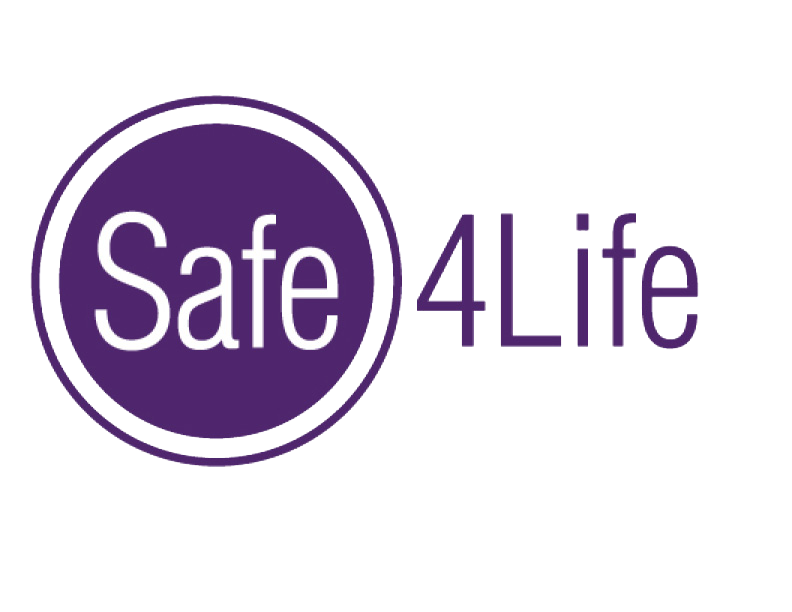“Today I was reminded that the most important thing is my safety – not the awkward feelings of others! I don’t need to worry about offending someone or protecting their feelings if they seem risky to me.” (Jagdeep V. Sept 2019)
I just love comments like this in our class evaluations – it represents the true essence of our safety and self defense mindset.
If someone is presenting themselves as a possible threat or risk to us, why do we feel the need protect their feelings? We all know that creepy vibe that occurs in us when we are in a fear inducing situation. Sometimes its passing someone on a sidewalk, walking into a room full of people, or crossing a parking lot alone. Maybe it’s a specific person, or maybe it’s a situation – either way, the feeling of discomfort and threat is present for us.
Often, we hesitate to remove ourselves from the situation or establish our boundaries with a hard “NO”. Why do we question ourselves in those moments rather than acting from the point of safety?
Do we doubt that we might be reading the signals wrong? Do we worry we might hurt someone’s feelings? Are we concerned they might think we are overreacting? Do we think we can handle it?
Think of the same scenarios this way: Your child or a loved one is in a risky or threatening situation- would you hesitate to jump in and offer protection? Would you question whether or not to take action for their safety? Likely, not! I believe we would jump in to save and protect with speed and vehemence. So why is it that we don’t jump in as readily to save and protect ourselves?
We must take charge of our own safety – we are the only ones who truly can. We recognize when we don’t feel safe, therefore we must make that commitment to ourselves to honor those feelings and respond in ways that protect.
Consider these 4 Ways to Honor our Personal Safety Promise to Yourself
1. Put things into perspective with real questions. Ask yourself what is more important: “Not feeling embarrassed or staying safe?” “Making a mistake about that person’s intentions or staying safe?” “Risk hurting that person’s feelings or staying safe?”
2. Recognize the Wishing and Hoping Technique. You know – when you try to ignore a problem and wish and hope it will all go away even if you don’t say or do anything? Remind yourself that, The Wishing and Hoping Technique often doesn’t work well! And trying to ignore problems because “I don’t want to annoy someone or because I might be overreacting” is no strategy to protect yourself.
3. Build up your confidence and courage. Speaking up and taking action takes confidence and courage! Rehearsing how to pay attention, act assertively, set boundaries, leave an unsafe situation can help you build competence to overcome your discomfort and take charge of the wellbeing of yourself and others.
4. Take a self-defense and personal safety training class. These programs teach specific skills for noticing and avoiding a dangerous encounter. Learning confidence and physical strategies can be empowering, so you are perceived as less of a target or victim. Often, just by having the skills and knowing you can perform them if needed, will improve your self-esteem. You will hold your head up higher, walk with more confidence and give the impression that you are alert, deliberate and strong. As such, less likely to be victimized.

